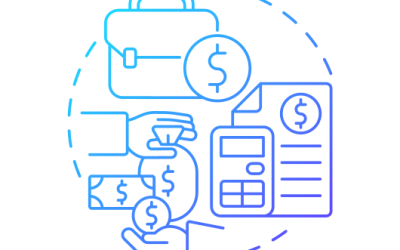What are your customers’ behavior patterns? What customer information do you track and how do you use that data?
Customer Behavior Patterns
Divide behavior patterns into personal and buying behaviors. Personal ranges from communication methods to interests. Buying adds multiple dimensions and managing your buyer’s behavior will produce new revenue.
How do you manage your buyer’s behavior? Unleash the power of your CRM and it will lead the way.
Buyer’s Needs
Think about what your buyer needs from you. You already have your buyer’s trust. Your buyer wants reliability, best pricing, convenience, and responsiveness. The more you know about your buyer, the deeper is your relationship.
Act on your customer’s buying behavior to reinforce your reliability, convenience and responsiveness, and best pricing will be a distant fourth.
Measure a Customer’s Buying Behavior
Use your CRM to measure your customer’s behavior. What will you measure? Here are measurable items by customer and product:
- Products purchased, purchase frequency, and repeat orders.
- Buying trends by customer by product by season.
- Best-selling products and peak buying seasons.
- Customer segments that generate the most revenue and are ripe for promotions.
The benefits of knowing more about your customers and products start with greater profitability and long term customer loyalty.
Using the Data
What are the benefits of measuring your customer’s behavior? Using your buyer’s buying history, here are several:
- Upsell products that complement earlier purchases using promotions triggered automatically based on your specific conditions.
- Personalize messaging based on prior purchases, geography, and age.
- Make product recommendations to specific customer segments.
- Remain current on personal behavior patterns, preferences, and interests, retained by the CRM, the central location for notes, tasks, emails, and quotes.
- Identify problems by gathering feedback with automated surveys, post purchase.
- Optimize inventory management based on demand projections.
- Enhance customer loyalty by knowing about their personal preferences and interests..
Increased sales and customer satisfaction are the results.
Wholesale Beauty Supplies (WBS)
WBS sells over thirty health and beauty products online and to retailers. WBS has 10 employees of which 5 are salespeople. The industry changes every day based on the latest trends and fads.
WBS’s sales team uses its CRM data to identify untapped opportunities for revenue generation. Here are examples based on customer purchasing patterns:
- Identified a niche market of organic and eco-friendly beauty products and curated a specialized product line for this segment’s preferences.
- Recognized certain retailers purchased less than one third of their products. Store demographics showed the need to position and mix products differently.
- Found the 1st and 2nd highest volume purchasers were 25 to 35 and 45 to 55 years old. Started educational messaging focused on the “In-Betweeners”.
- Promoted bundled products to single product purchasers to introduce buyers to complementary products.
- Planned specials on “slower moving inventory” either bundled in high volume months or discounted individually in the slowest months.
Using the CRM led the way to new revenue in each case. Today, the WBS sales team closes more sales with less follow up fatigue.
Unleash Your CRM’s Power
Stay Ahead Of Your Competition
Boost Revenue Growth
Let’s Meet to Harness Your CRM’s Info





